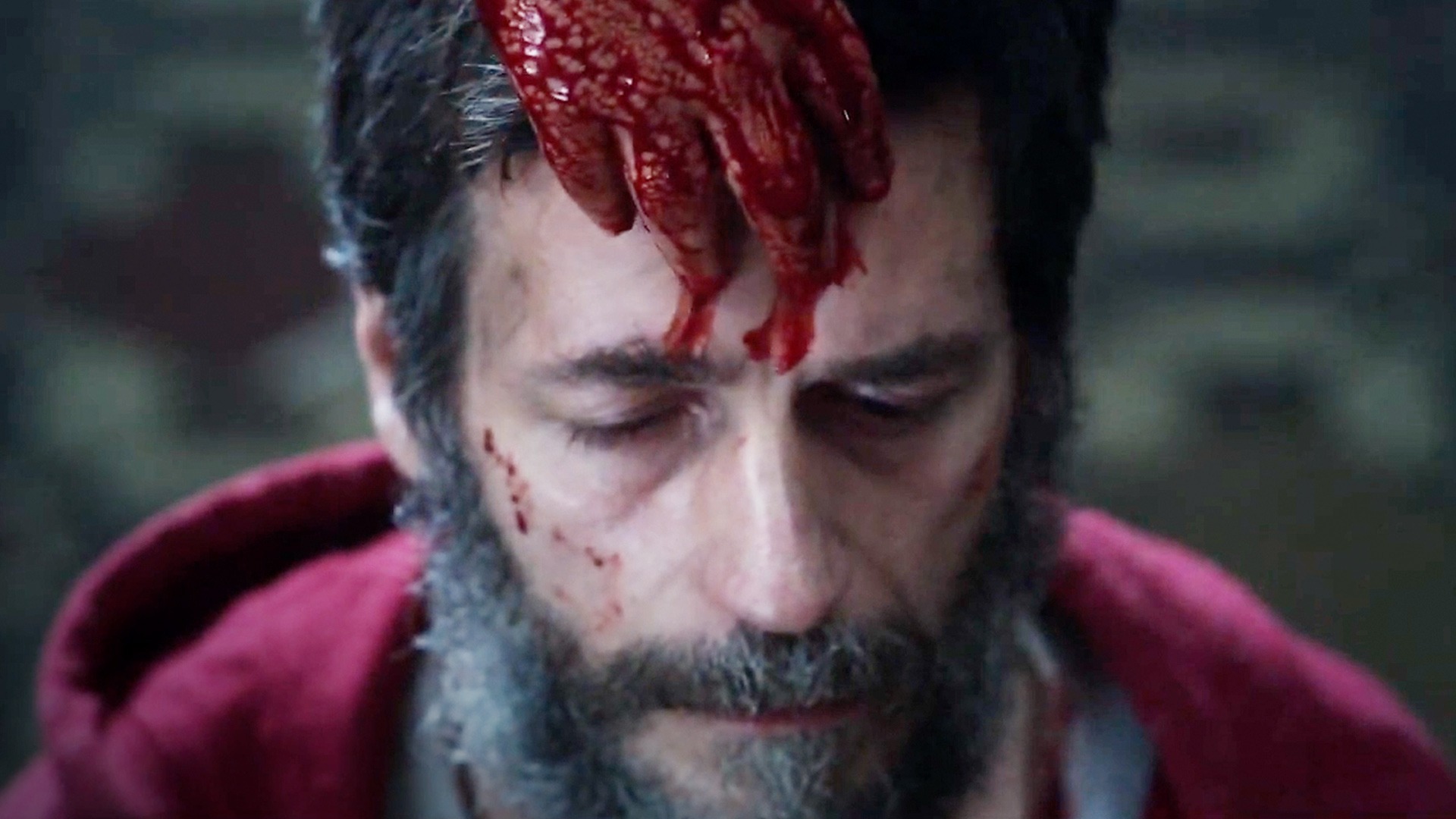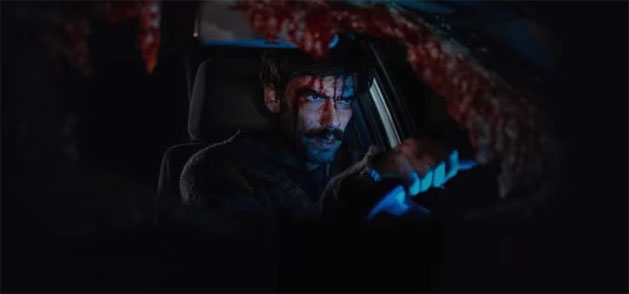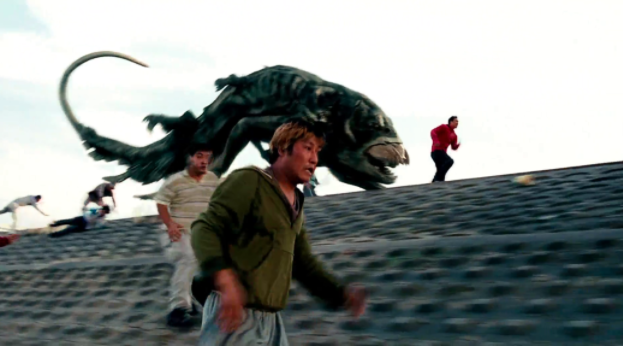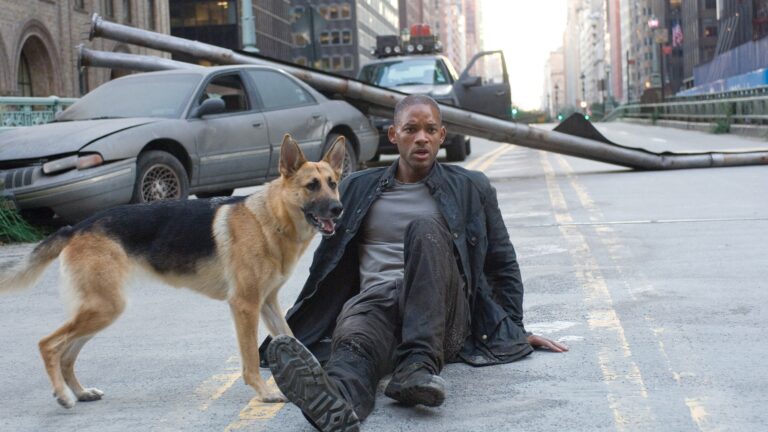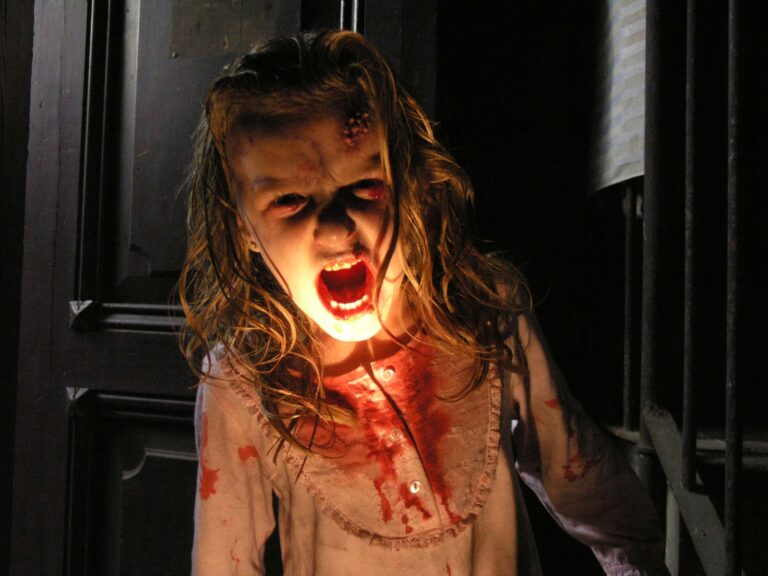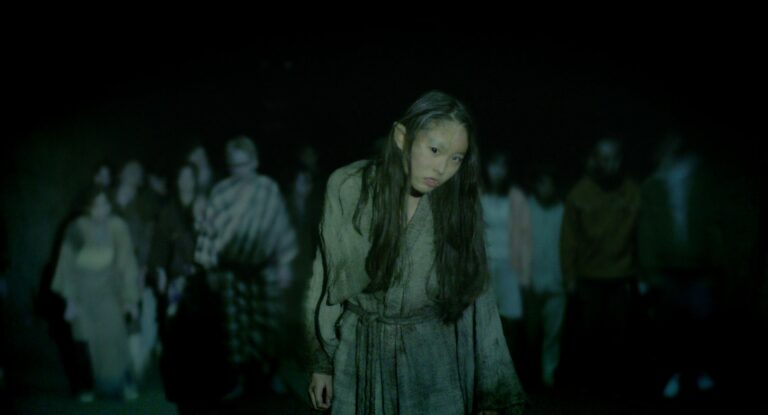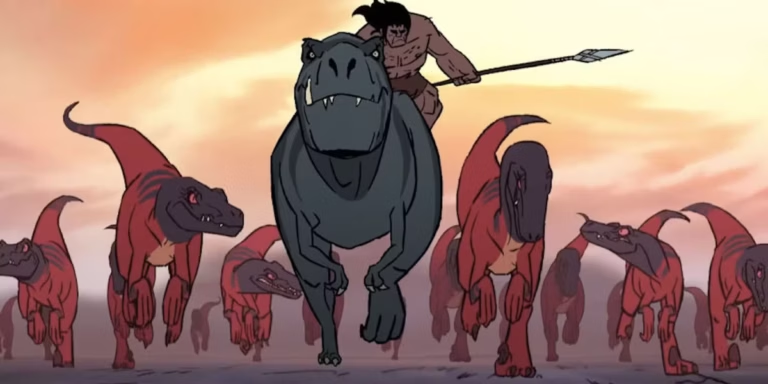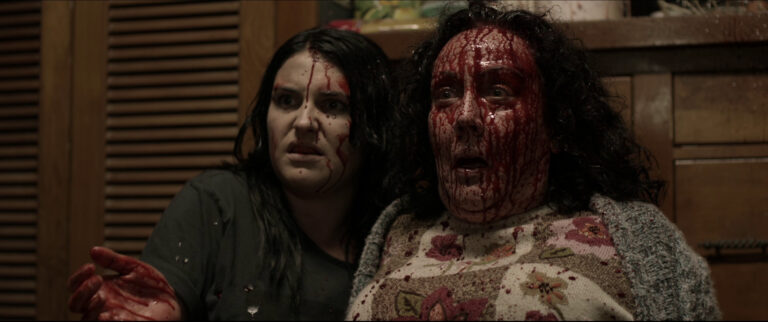Review: When Evil Lurks (2023) – Evil Hides Within
When Evil Lurks (2023) is a supernatural horror film from Argentina, co-produced with the United States. It delivers a sense of mystery, unease, revulsion, and tension. Unlike the typical modern horror film, it doesn’t prioritize high-stakes drama or action. Instead, it centers on the perspective of a man (the protagonist) who encounters a possessed individual in his town and desperately tries to escape the evil’s grasp.
Storyline
Late one night, brothers Pedro and Jaime hear gunshots. The next morning, they venture into the forest and discover a gruesome scene: half a body, missing its lower torso, alongside exorcism tools and identification papers belonging to María Elena. They visit her home and learn her son, Uriel, is possessed. María Elena explains she was expecting a “cleaner” the previous night, but no one arrived. Suspecting the mutilated body was the cleaner, Pedro and Jaime report it to the police, who dismiss their concerns. They then approach Ruiz, urging him to sell his land and leave, but he refuses. Later, they return to María Elena’s house, intending to kill the possessed Uriel. The demon warns that killing it will bring harm to Ruiz’s family. The next morning, Pedro, Jaime, and Ruiz’s wife decide to move the possessed body elsewhere, hoping to rid themselves of the problem. En route, the driver swerves to avoid a child crossing the road. When they arrive, the rotting corpse has vanished. They return home, only to find Ruiz’s wife screaming—his goats are now possessed. In a frenzy, Ruiz aims his gun at a possessed goat, ignoring his wife’s protests. The goat charges, he shoots it, and his wife, in a rage, kills him with an axe before taking her own life with the same weapon.
That night, Eduardo, María Elena’s young son, seeks refuge at Pedro and Jaime’s home, claiming his mother has disappeared and he’s terrified. He reveals that Ruiz and his wife died by suicide. The brothers decide to flee the town. Pedro visits his ex-wife, Santino, begging her and their children to leave with him. She berates him, refusing to listen. Pedro burns his clothes to eliminate any trace of the demon, but their dog sniffs the garments beforehand. As the adults argue, their daughter Vicky pets the dog, which suddenly attacks her, tearing into her flesh. Their middle son screams, alerting the others. They chase the dog, but Pedro sees it killed by Leonardo, despite prior warnings. Back home, Vicky appears unharmed, but Pedro knows it’s a lie. He takes his middle and eldest sons to his mother’s house, planning to leave, but they’re out of money. They turn to Mirta, a former cleaner, for help, but her funds are tied up. Pedro’s eldest son needs clean clothes, so they stay the night despite Pedro’s reluctance.
That night, Santino arrives, embraces their middle son, and leaves. Pedro and Mirta search for the “rotting one,” while Jaime looks for Santino. Jaime finds her devouring their son’s brain and kills her in horror. Pedro and Mirta head to a school, knowing demons are drawn to children. Finding nothing, they prepare to leave but spot a boy—the same one Pedro nearly hit with his truck—entering the school. The boy ignores Pedro’s questions, then runs off, followed by a girl who leads them elsewhere. Mirta warns that the demon is manipulating them to leave. They return and find the rotting corpse under the stage. As Mirta assembles her tools, Pedro digs up the body. A girl, whom Pedro had earlier confronted, urges him to fetch a hammer from the principal’s office. Mirta warns him it’s a trap, but Pedro ignores her. He finds no hammer and gets locked in the room. Meanwhile, the girl and other children attack Mirta, killing her with a hammer. Pedro escapes but can’t save Mirta. He sees the rotting corpse stir, enraged, and smashes its head, only for a child inside the corpse to be reborn.
Back home, Pedro learns his eldest son has eaten his mother’s flesh and realizes the boy is possessed, despite his earlier disbelief. Jaime finds Eduardo in a shed, where the boy confesses to killing the cleaner and his mother, devouring them alive.
Compelling but Frustrating Narrative
The story is gripping and original, diverging from the typical possession trope where the demon fully overtakes the victim’s soul and body. In When Evil Lurks, the possessed give birth to a reborn demon called the “rotting one,” emerging from a bloated, decaying body resembling a drowned corpse, riddled with sores. This imagery is horrifying and nauseating. Instead of priests, “cleaners” handle these grotesque corpses. Killing the possessed by any means other than a cleaner’s method is futile and catastrophic—it triggers the death of the killer (even cleaners) and spreads a plague, killing those connected to the act. The film’s oppressive, repulsive atmosphere avoids jump scares, focusing on the protagonist’s futile attempts to escape, only to return, kill the possessed, and watch loved ones die, often unaware they’ve been possessed. The inexplicable revival of the dead adds to the viewer’s disgust and unease, creating a suffocating sense of no escape.
However, the protagonist, Pedro, is exasperatingly foolish. Abandoning Mirta to chase a nonexistent hammer is a glaring mistake. Ruiz, a secondary character, is equally infuriating—greedy, reckless, and unhinged, prioritizing wealth over survival, leading to his and his family’s demise. Pedro’s worst blunder comes near the end, when he listens to a child he’d previously confronted, ignoring Mirta’s expertise. This allows the demon to be reborn, Mirta to be killed, and Pedro’s mother to be devoured by his eldest son. The frustration peaks as Pedro’s stubborn attachment to his ex-wife and children, despite their disbelief in the demon, leads to disaster. Had he abandoned them, burned his clothes immediately, or heeded Mirta’s advice, he might have survived.
The maddening conclusion, driven by the characters’ stupidity, is intentional, amplifying the film’s unsettling allure. Every misstep leads to catastrophic consequences, keeping viewers gripped yet irritated until the end.
No Drama or Action, All Horror
I value drama and action in horror films, as they create memorable highlights, even if the story or scares are lackluster. When Evil Lurks doesn’t chase these elements, instead prioritizing narrative and visceral disgust. It focuses on the protagonist’s desperate bid to escape the demon, only to be outwitted, losing everything. The demon seems to toy with its victims, perhaps resenting the brothers’ attempt to abandon it or their ties to the town. Pedro’s lingering attachment to his ex-wife and children, who dismiss the demon’s threat, dooms them. Their focus on personal grievances blinds them to the need for escape, and the eldest son, possibly possessed early due to his mental condition, seals their fate.
The film’s grotesque imagery—Uriel’s repulsive form, the gut-spilling forest corpse, the demon’s head rising to glare at Pedro, and a child smashing Mirta’s skull with a hammer—is disturbingly realistic. These scenes, though devoid of action or drama, excel in horror, authenticity, and storytelling. For fans of high-octane thrills, the film may feel sluggish, theatrical, and lacking climactic moments, with only its polished narrative and revolting visuals to carry it. The actors, however, shine, conveying raw fear and emotion, unlike the often wooden performances in modern horror.
In Conclusion
When Evil Lurks (2023) isn’t the pinnacle of horror or storytelling due to its flaws, like frustrating script choices. Scenes like Pedro’s visit to his ex-wife, who argues incessantly, or his refusal to abandon his clearly doomed daughter, are infuriating. Ruiz’s idiotic decision to confront the demon, ignoring the risks, and Pedro’s final blunder, enabling the demon’s rebirth, push the viewer’s patience. It’s tempting to curse the director and writer, but their intentional provocation succeeds in making the film gripping and unsettling. The demon, reborn, might spare Pedro out of pity for his sheer incompetence.
Its grotesque imagery, strong narrative, and ability to provoke make it a success, avoiding the clichés of drama, action, jump scares, and suspense that dominate horror. I rate it 8/10 for its storytelling and horror, but only 1/10 for drama and action, as it lacks any standout climactic moments.

